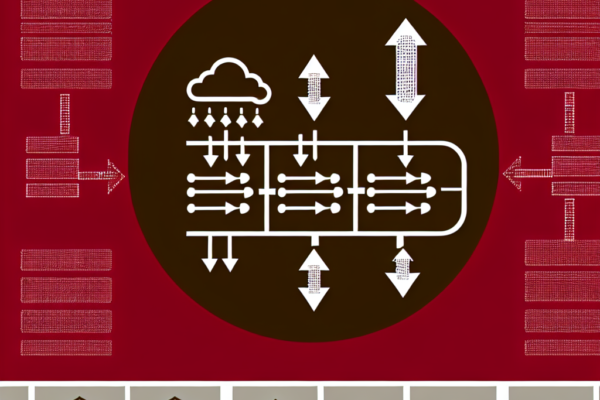
Cyber security for high profile conferences
Overview This document elaborates on the existing NCSC Cyber Security Guidelines for Major Events. It is essential to read the associated guidelines prior to this document and addresses fundamental topics including governance, risk assessment, incident management, testing, and conducting exercises. In this guidance, we will concentrate on analyzing cyber risks, selecting suppliers, and the processes…









